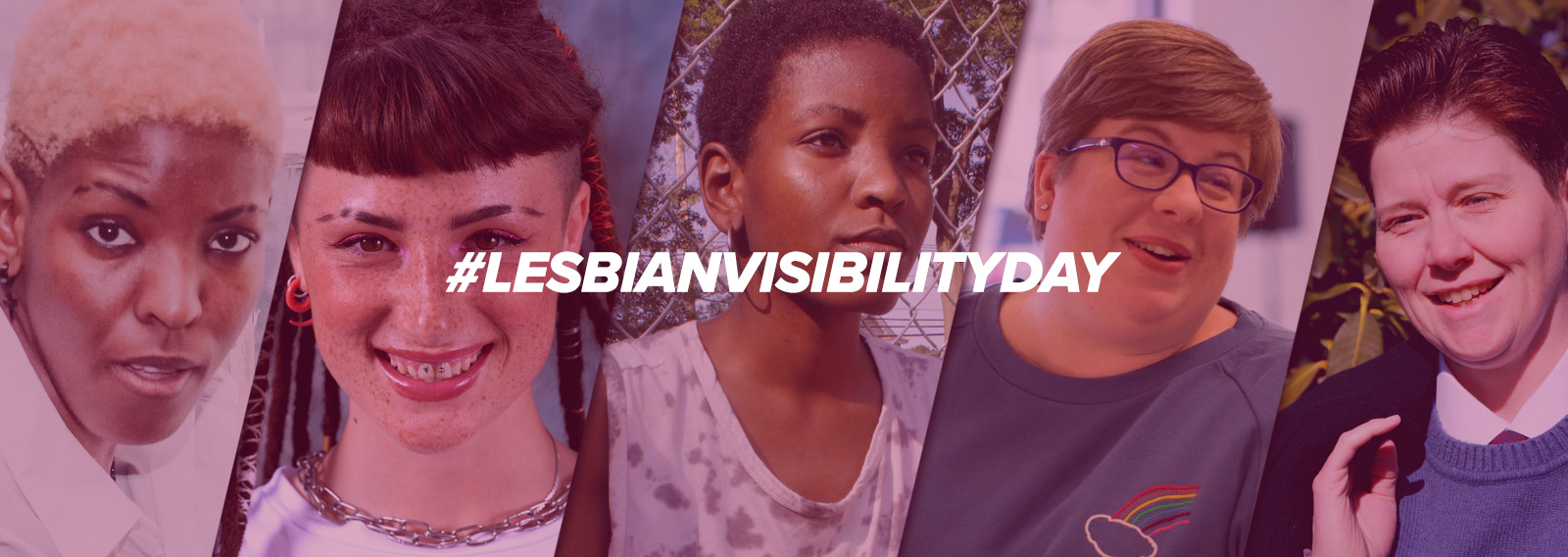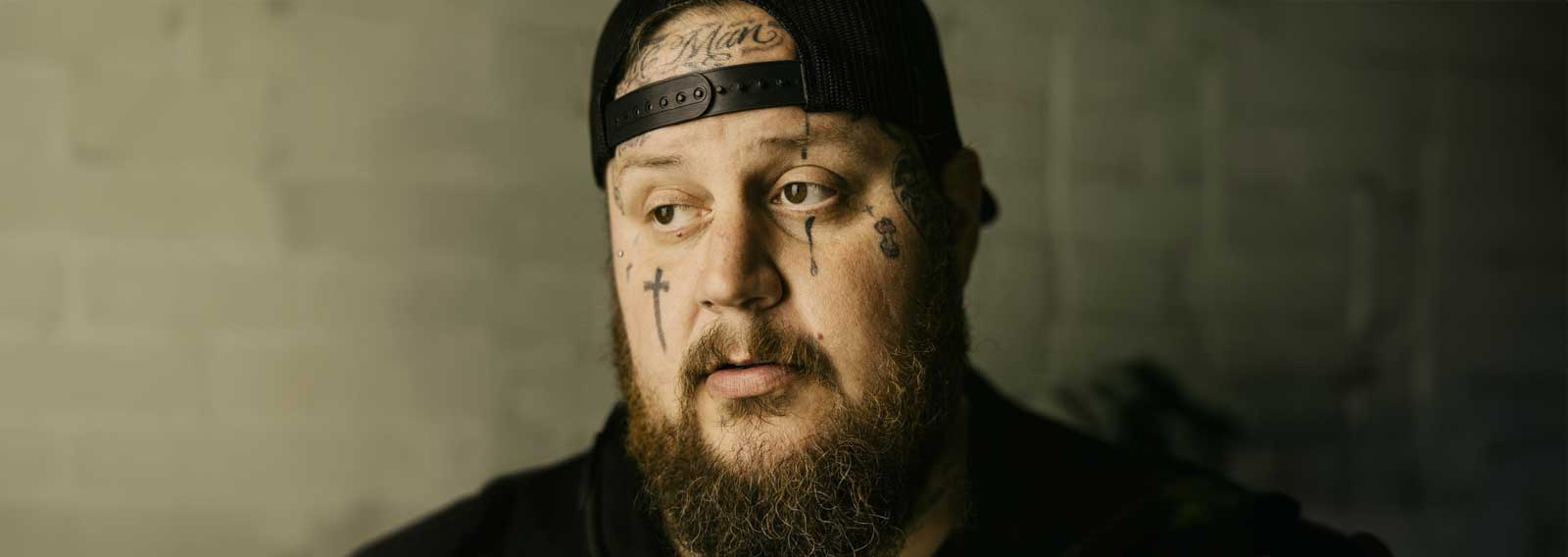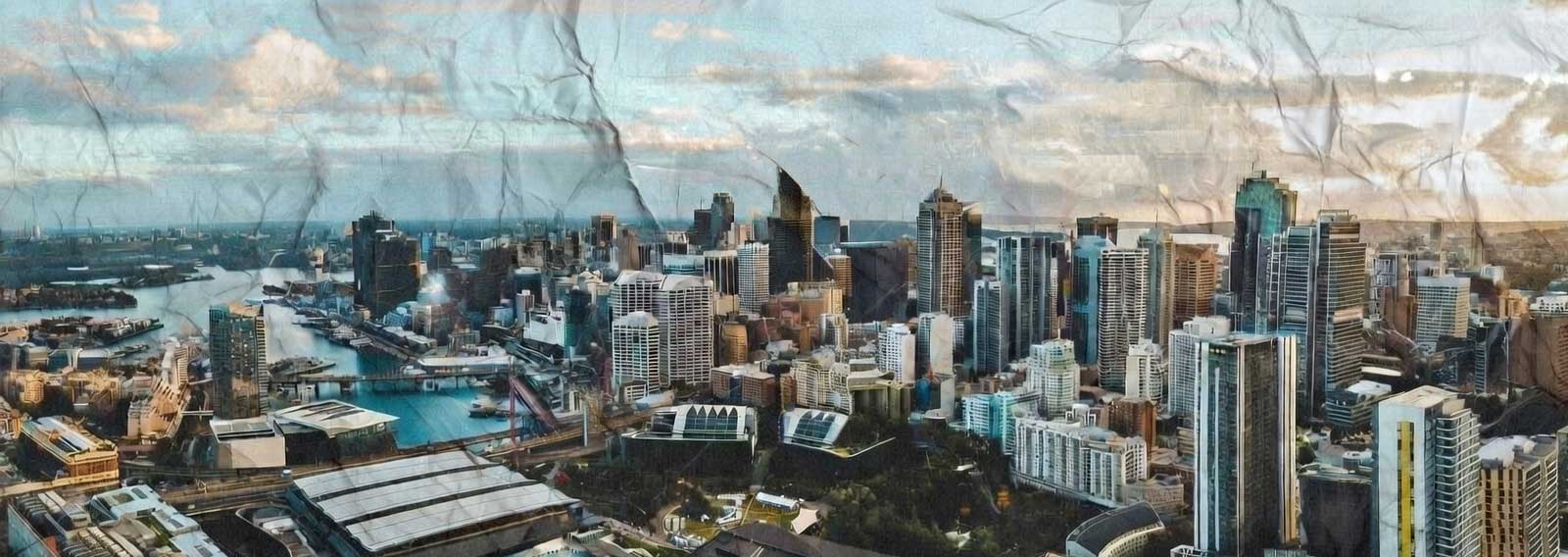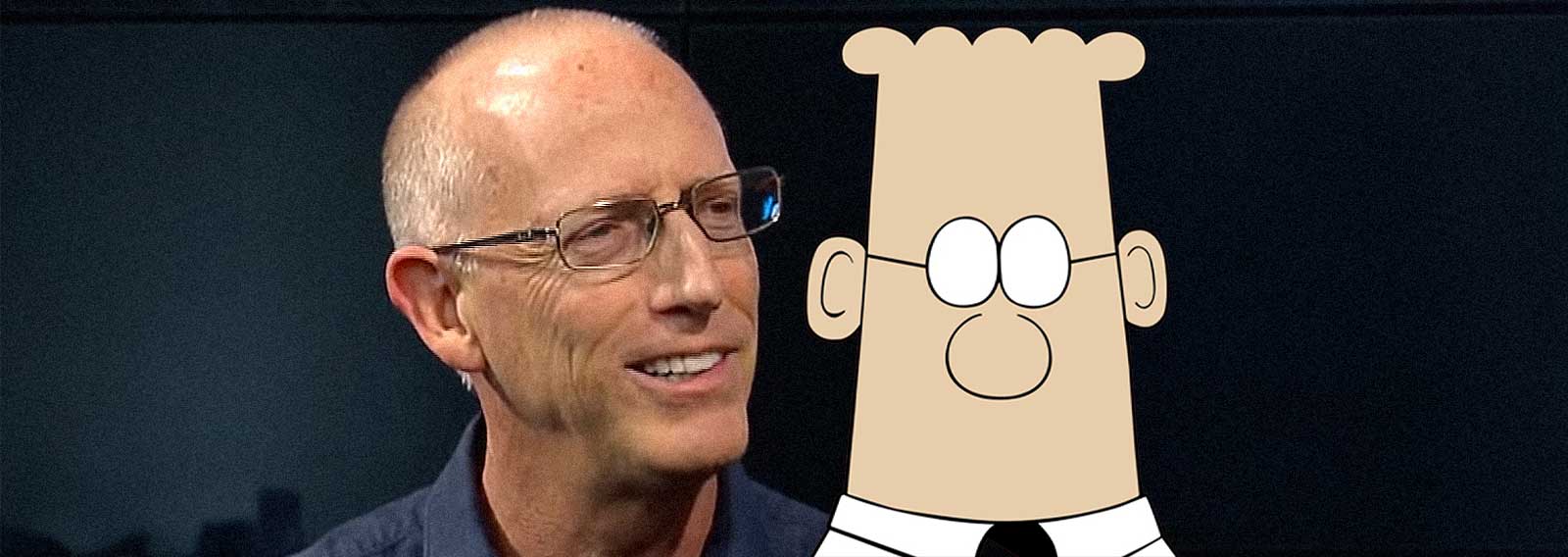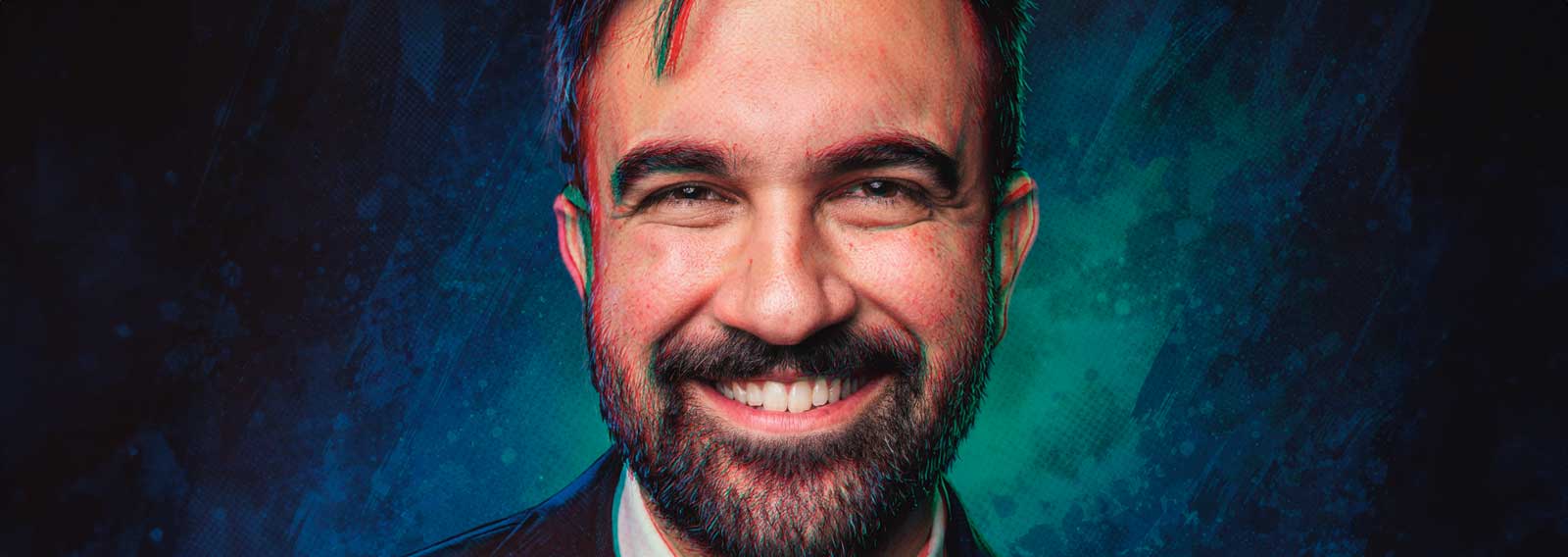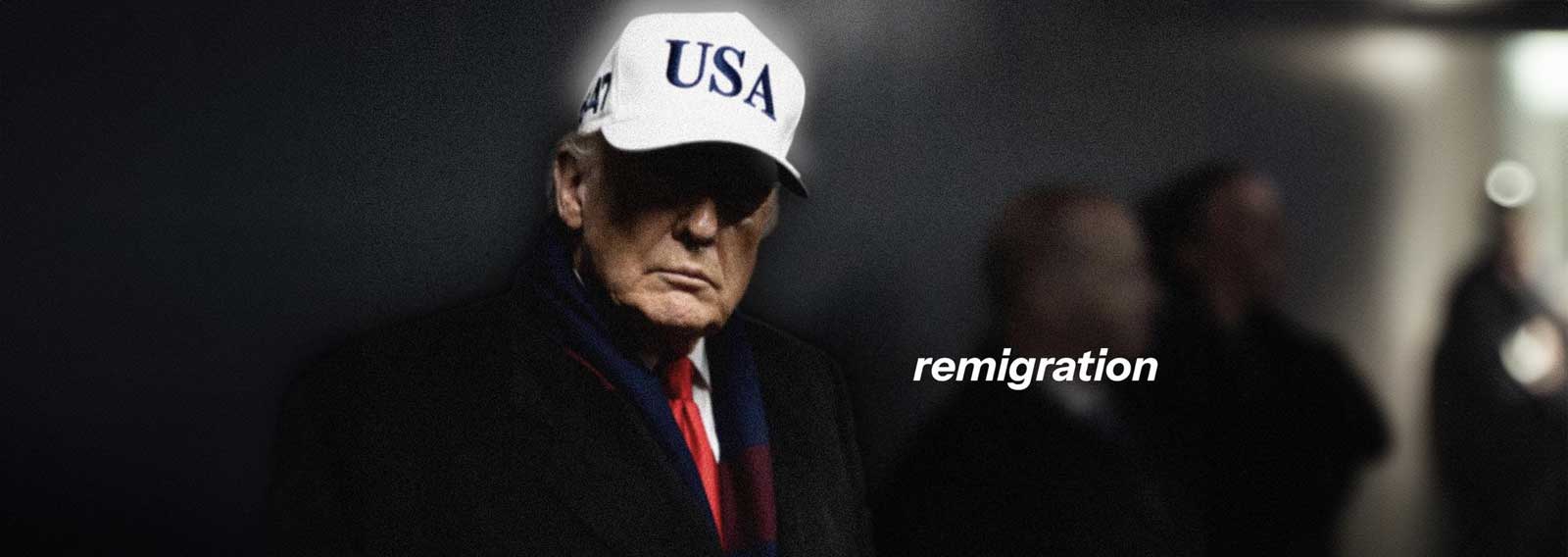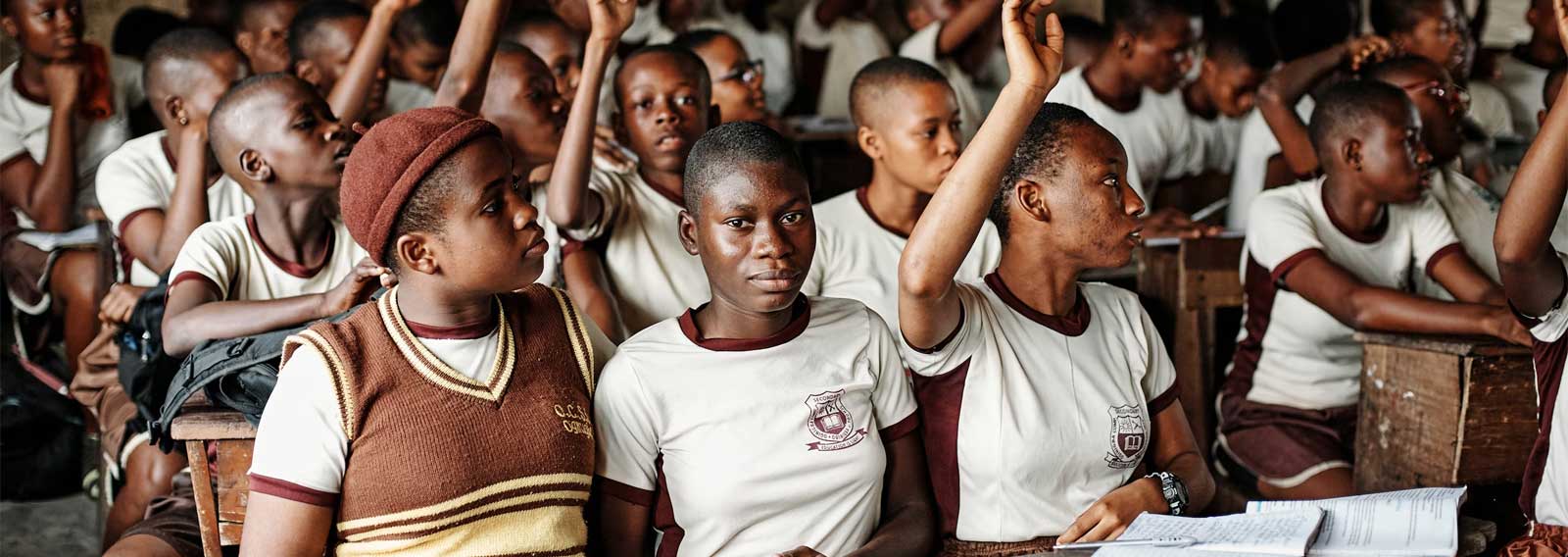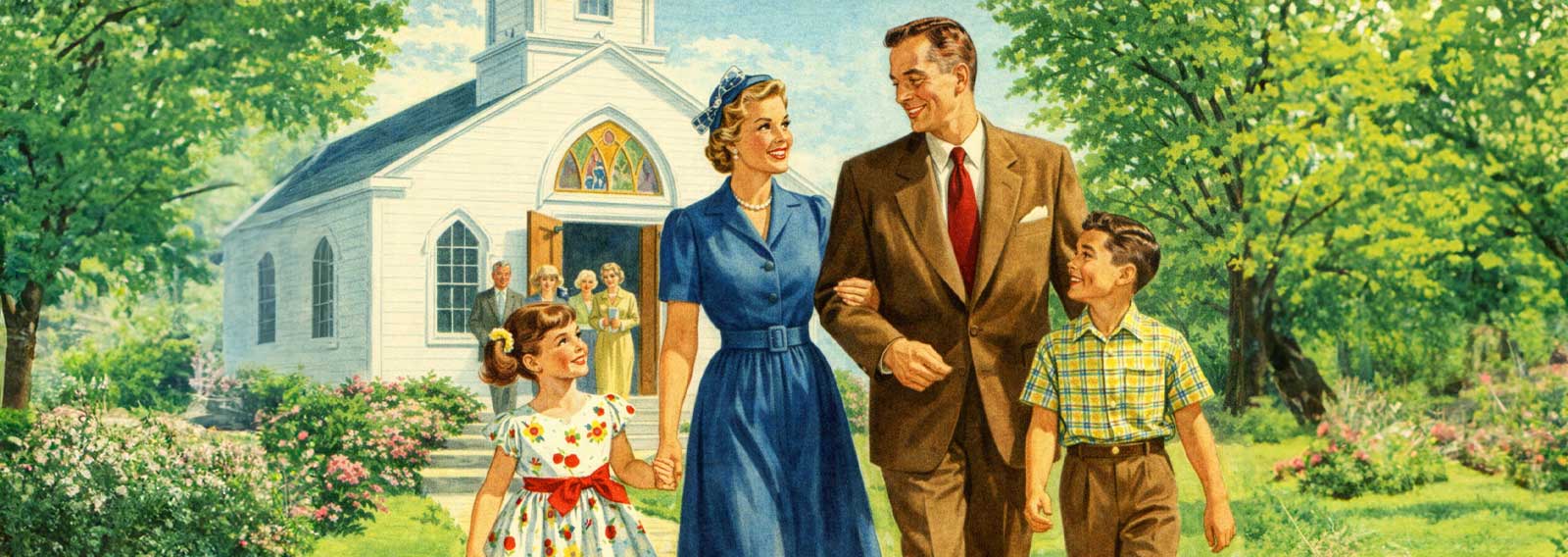It was #LesbianVisibilityDay on the 27th of April and if you missed it – well – that’s probably going to be deducted from your social credit score when Labor take power at the next election.
Social media did its best to bombard the trending topics with Lesbian content that barely anyone seemed to be interested in. You can always tell when a topic is failing because Twitter has to come over and forcibly pin it to the sidebar as if to say, ‘You will talk about this!’
The leading post was by news initiative Openly, which describes itself as ‘Impartial LGBT+ news for a world that isn’t | A Thomson Reuters Foundation initiative’. Their thread on Twitter that begins:
“While politics and business get a lot of attention, the world of art is another area where lesbian and queer women often struggle to be seen.”
Apologies if you choked on your coffee. When reading these ludicrous statements which are actively promoted by the ‘fact-checking moral overlords’ of Silicon Valley, it makes me wonder if someone dropped the world and tried to put it back together with duct tape, because there is definitely something wrong with it.
Click here to support Alexandra Marshall’s work.
Putting aside the reality that the Arts are the most woke institution in human civilisation and the first to be seduced by the screechy activist fringe, Openly does not even manage to agree with its own statement.
Following the accusation that LGBT women are invisible, they digress with a thread detailing famous and internationally celebrated LGBT artists. It’s a weird sort of invisibility where the industry showers you with awards and the world’s most powerful media entity (Twitter) runs a full day trend to make sure people know how great you are.
These invisible women include Lubaina Himid as the first black woman to win the Turner Prize. Her art focuses on racial politics and activism. Then there’s Adejoke Tugbiyele who works with sexuality, gender, class, and the economy. Maggi Hambling’s invisibility is described as ‘one of Britain’s best-known artists of today’. Shi Tou helped to found the Beijing Queer Film Festival while Yishay Garbasz exhibits her invisible works in worldwide shows from Paris to Tokyo. Rosa Bonheur was awarded France’s Légion d’honneur and is listed as one of the most successful female artists of her time. Finally, we have Sara Facio ‘one of the most famous Argentinian photographers’, and Julie Mehretu who ‘is one of the most critically acclaimed artists in the US who sold $5.6 million in 2019’.
The definition of ‘invisible’ has definitely changed since the Predator took on Arnold Schwarzenegger.
Click here to support Alexandra Marshall’s work.
Either the entire premise of the story is click-bait nonsense, or the author has noticed that there are less LGBT artists than those who don’t disclose their sexuality. This statistical variation fails to recognise that both activist art and LGBT themes are niche markets. Even at their best, only a fraction of the wider community actively seeks out this sort of preachy artwork, especially when its message is saturated within every part of our lives.
Its content isn’t brave, fringe, or edgy – it’s mostly mainstream political dogma that very few people will pay for. I certainly don’t want to hang screeching from my wall.
Audiences are ditching Hollywood and their pitiful award shows for exactly the same reason.
When art is tainted by activism, it rarely creates anything good. Like woke TV shows that waste their run time on activist speeches instead of character development, art from the LGBT movement is overwhelmingly subpar with the message superseding the actual product.
Art used to be about beauty. At the very least, it was a profession that cultivated talent as the highest qualification.
People don’t line up outside the Vatican for hours to glimpse the ceiling of the Sistine Chapel because of Michelangelo’s politics. Millions of people travel across the world to see his work because his talent transcends the soul. We look at the frescoes and wonder how man could achieve such a thing. Great art is the closest humanity will ever come to the spiritual forces of nature carving up the world.
If you want to see true invisibility in the art world, look for openly conservative artists. Those who manage to fight their way through education systems that mark them down and galleries who refuse to show their work are forced to compete in the open market without the wealth of state-funded activism. They are never going to be the feature of a made-up social media holiday. To have any hope of making a modest living, conservatives are choosing to remain silent about their political beliefs. Their self-censorship is the real oppression compared to the indulgent activist Art world.
As for the complaint within the thread that ‘Jeanne Mammen only gained international recognition decades after her death’ – this is not, as it is suggested, a form of discrimination on behalf of the artist’s sexuality and gender. The vast majority of all artists, straight, male, or whatever – rarely receive recognition. Even the greatest masters of history were often sidelined to a life of obscurity and poverty. Vincent van Gogh committed suicide at thirty-seven as a madman and a failure. Was this an active attempt by society to oppress his artwork, or is it simply the well-known curse that artists have to die to sell a painting…?
Click here to support Alexandra Marshall’s work.
Today’s activists exaggerate their message to elevate mediocre art and then try to shame us into praising them – or worse – purchasing it.
I doubt this approach will work for much longer. People are turning off and tuning out these made-up celebration days for attention-seeking movements.



